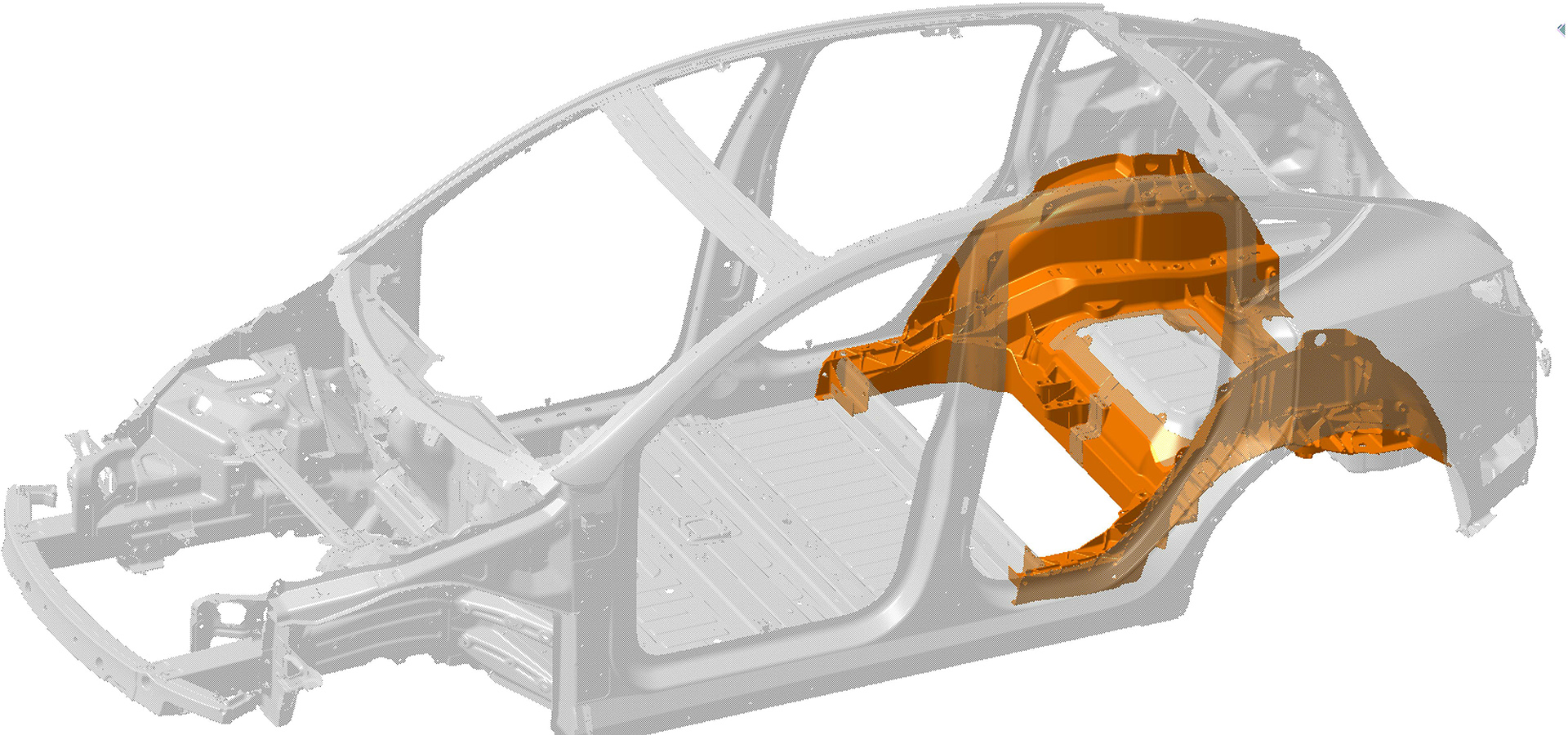How easy it to to replace that massive part in an accident or Tesla's a a throw away car in an accident involving that rear end? Pro's and con's to each design.
Any car that sustains damage to that area is either going to be very costly to repair, or simply written off.
It's also less likely to be affected in most crashes, which is why fuel tanks are often situated in that area.
Taken in a larger context, Munro's remark can be considered true. Traditional OEMs aren't in the habit of making major changes to designs, or processes, once production has commenced. The overall designs remain mostly static, and any major modifications that take place occur during mid-cycle refreshes, or the next generation. Model Y production only started at the beginning of the year, and to change both the design, and process would not be something other OEMs would endeavor.
Software is never really considered done, or perfected, with bug fixes or features continually added in incremental, or minor updates, as opposed to waiting for major revisions. There are good and bad sides to that, especially applied to durable goods and the resulting implications on long-term support, but that's the principle being applied by Tesla, something others don't do.
Munro hasn't been afraid to call out Tesla in the past, and Harbour is a respected name in production consulting, so I think they both have credibility.
Visnic is a veteran industry journalist, and the SAE isn't a rah-rah, blog-style site that often passes for journalism nowadays, so I thought the story was worth linking.
Musk does a lot of stupid stuff, and sometimes tries to over characterize his ideas as uniquely brilliant, but in this case, credit where credit is due.
And if he ever hits upon a solution that results in good quality (not their current sub-par quality that is too often glossed over), along with the improvements in efficiency and cost, that's something the traditional OEMs would surely learn from and adopt as well. That's how things evolve.

